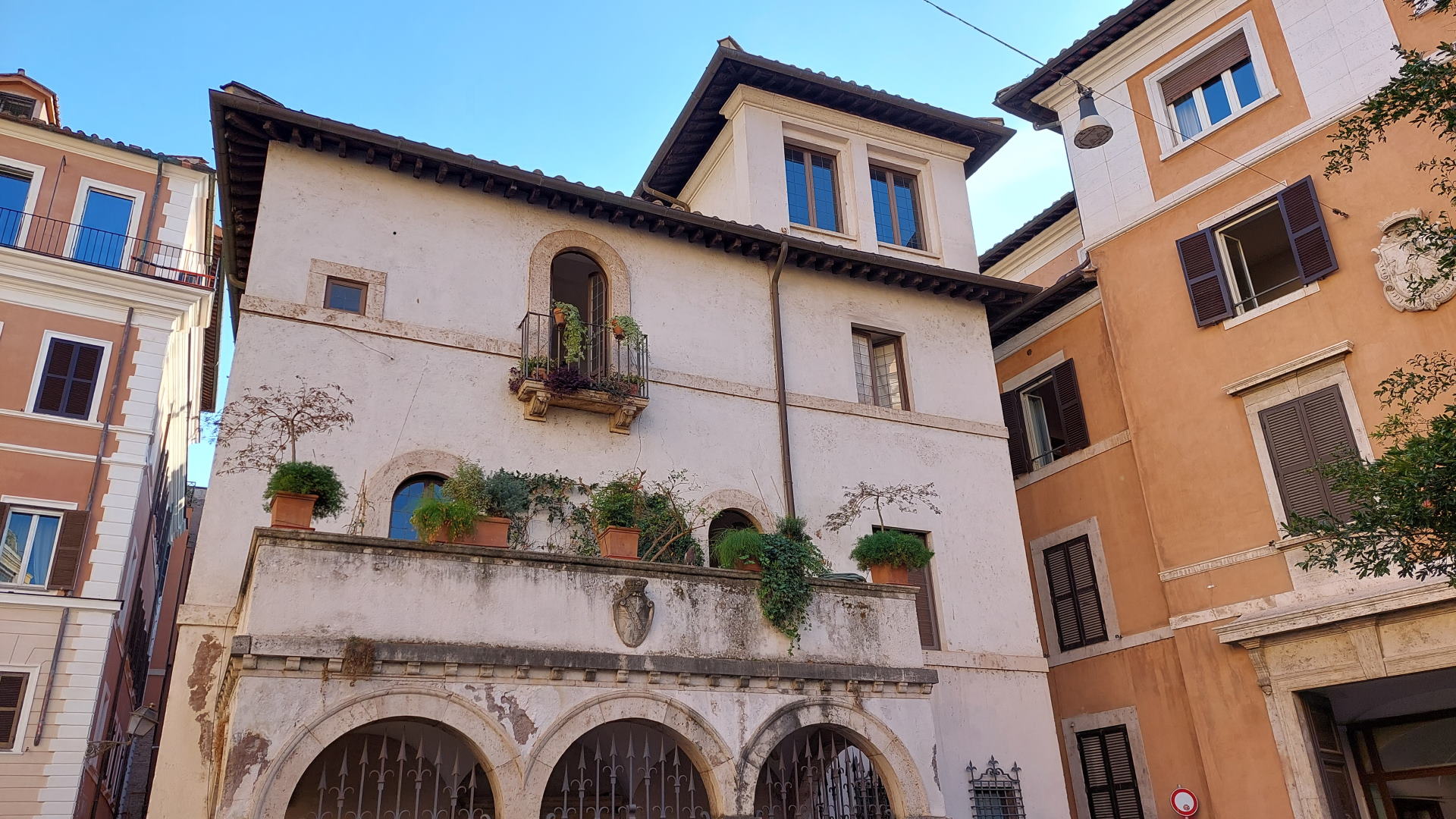
The charming two-story 15th-century building, with its altana and porch, is linked to the name and history of Fiammetta Michaelis. Born in Florence and arrived in Rome when she was just 13 years old, Fiammetta was to become one of the most sought-after and celebrated courtesans of Renaissance Rome: an “honest courtesan”, according to the definition of that time, that is, a high-class and educated woman, able to converse with people of rank.
Fiammetta’s career was rapid and fortunate: in a short time she became the favorite of humanist Cardinal Iacopo Ammannati Piccolomini, who left her all his possessions upon his death in 1479. The fact causes quite a stir, but the commission appointed by the pontiff to resolve the case decided in favor of the woman, so as to guarantee – “for the love of God” – an adequate dowry for this “damsel of singular beauty”. Fiammetta thus came into possession of four buildings, including a house still standing at 157 Via dei Coronari and, in all likelihood, this house at the corner of the square still named after the woman.
Fiammetta’s lovers, however, most probably included the brilliant and unscrupulous Cesare Borgia, the illegitimate son of Pope Alexander VI and known as “the Valentino”, who is said to have visited her at night dressed in the cardinal’s purple cassock and armed with a sword, in order to defend himself from evil-doers and onlookers. Upon her death, “Fiammetta del Duca di Valentino”, as she is referred to in the will, bequeathed her property, including this house, to her “brother” Andrea, actually her son. She was buried not far away, in the church of Sant’Agostino, where since 1506 she had patronage over the first chapel on the left, reflecting the importance she achieved in society.
Although it is likely that Fiammetta rented out the house and thus never lived there, the toponym of Piazza Fiammetta already appeared in Giovanni Maggi’s 1625 map of Rome. After several changes of ownership, at the end of the 19th century the house came into the possession of the Bennicelli family who, in the early 20th century, had it restored, adding the coat of arms still present above the porch.
The heart of Rome: Piazza Navona and Campo de' Fiori
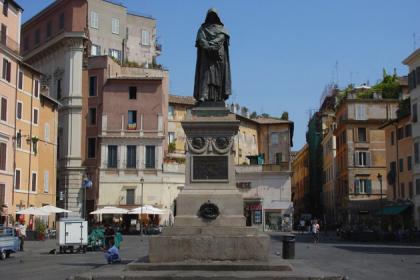
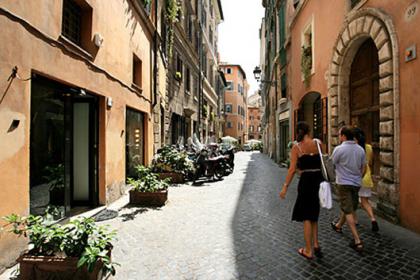
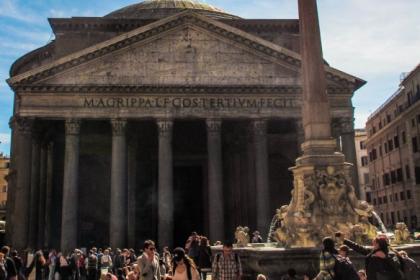
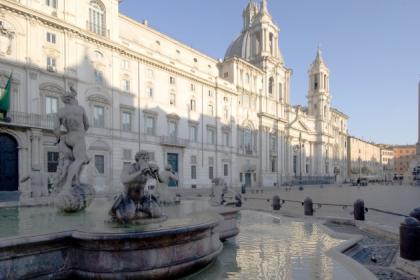
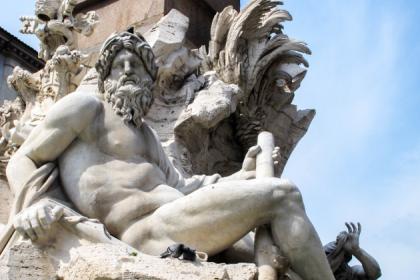
 Condividi
Condividi
Seven streets named after seven crafts and trades
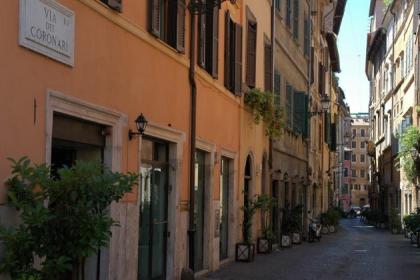
A maze of streets and alleys passing on the memory of ancient Roman crafts and trades
Rione V - Ponte
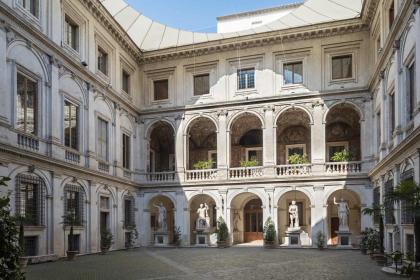
The Basilica of Sant’Agostino in Campo Marzio
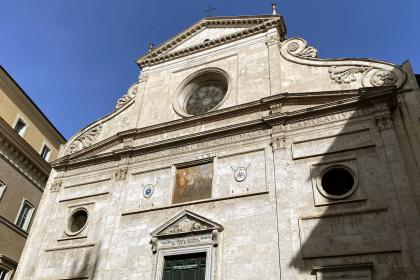
 Condividi
Condividi
Information
Visible from the exterior
 Condividi
Condividi
Location
To find out about all accessibility services, visit the Rome accessible section.











































